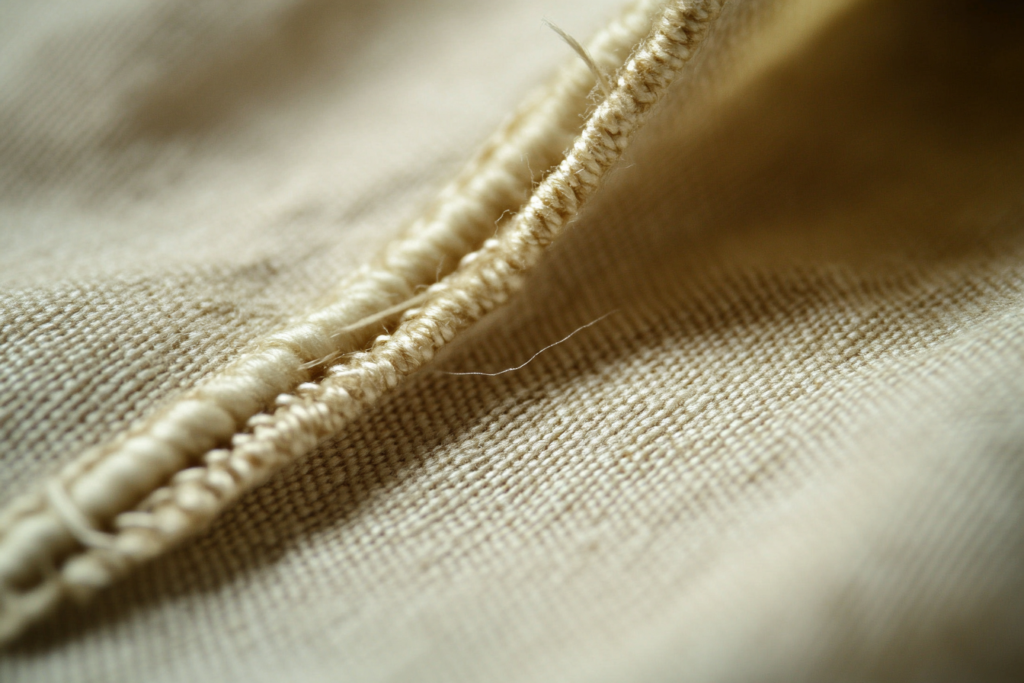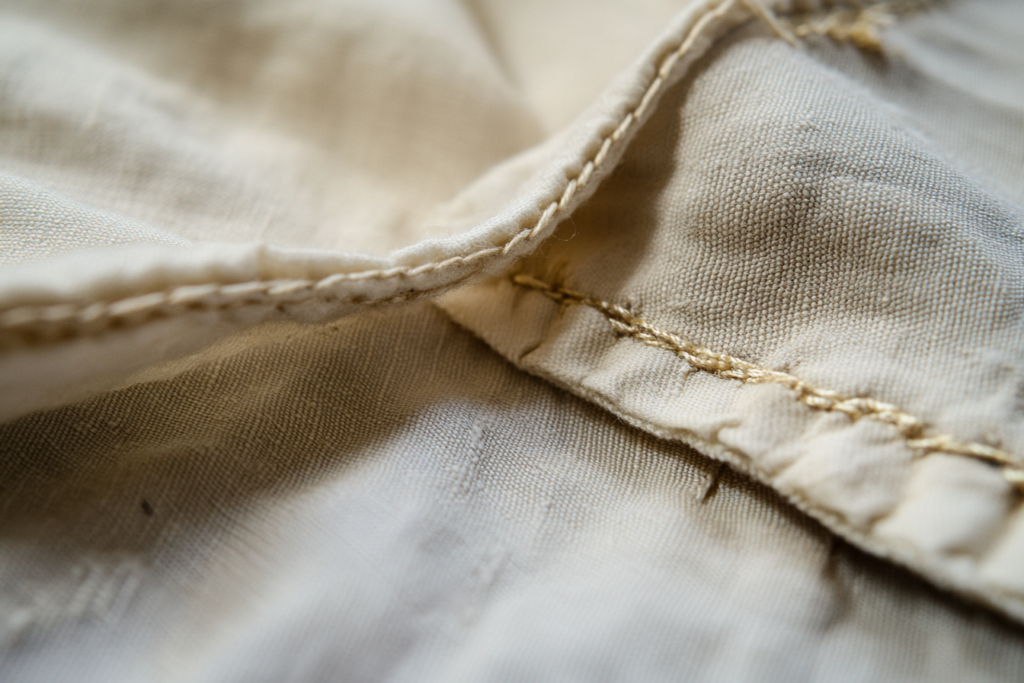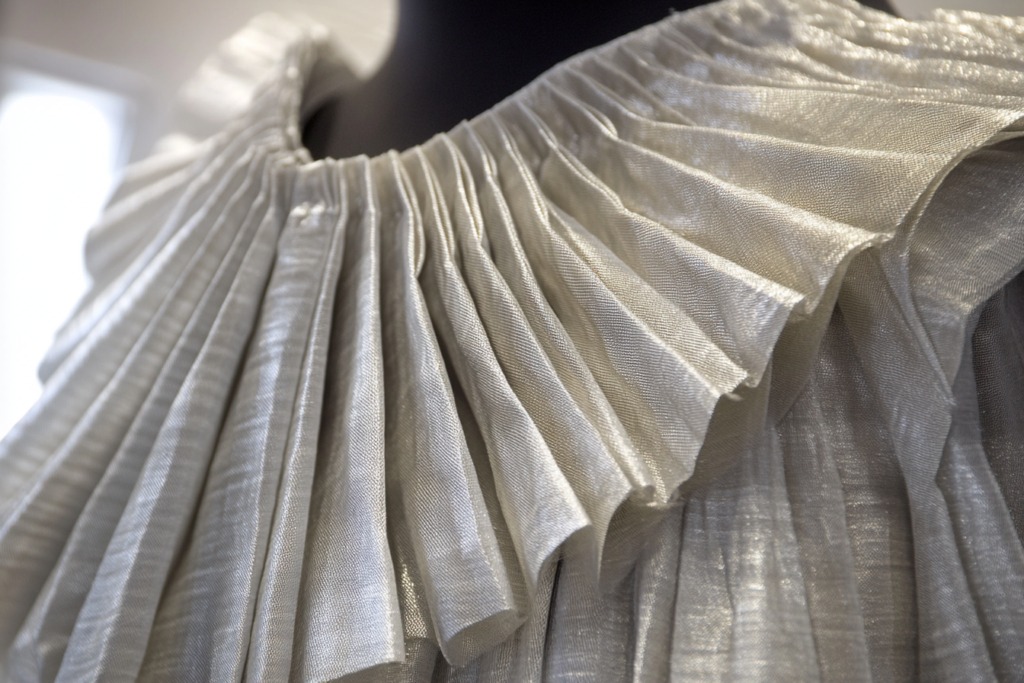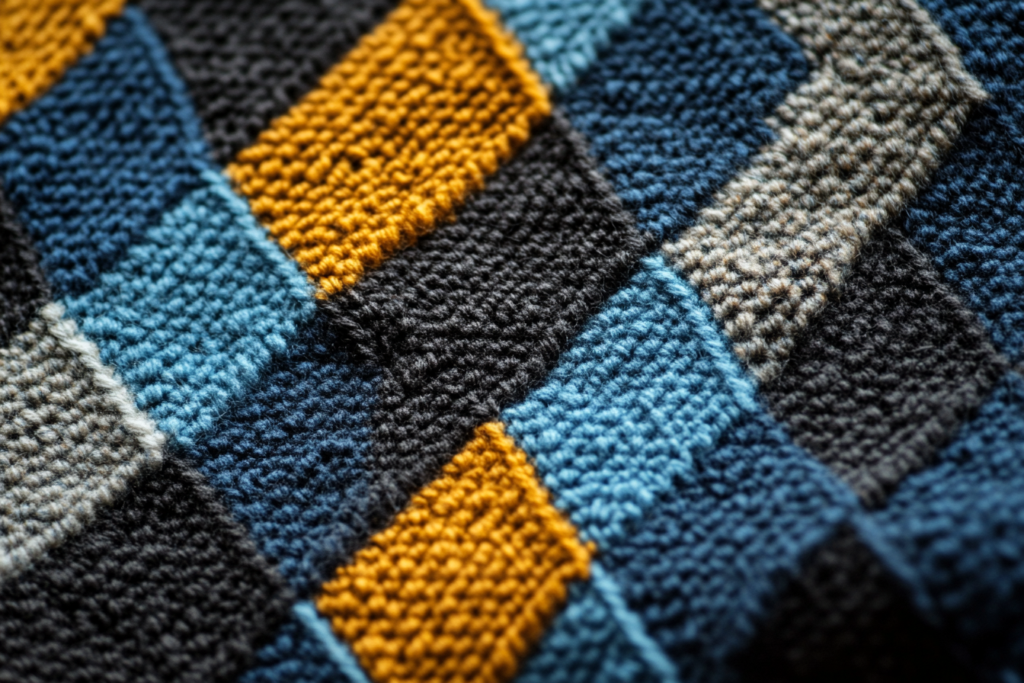Understitching: Securing the Seam and Preventing Lining Shifting
Meta Description: Understitching is a sewing technique that secures the seam to the lining, preventing the lining from shifting. Learn how this stitch improves the finish of your garments.
What is Understitching?
Understitching is a sewing technique used to secure the seam allowance to the lining of a garment. This technique is typically used when a garment has a lining or a facing, and it helps to keep the lining in place, preventing it from shifting or rolling out of the garment.
This technique involves stitching through the seam allowance and the lining to ensure that the lining stays in its intended position. The stitch is usually placed close to the seam, making it virtually invisible on the right side of the garment.


How Understitching Works
📌 Securing the Seam Allowance to the Lining
- Understitching is done by sewing through both the seam allowance and the lining to hold the lining in place. The stitch is placed near the seam line but on the inside of the garment, making sure that the lining does not shift or fold outward.
📌 Preventing Lining from Rolling
- Without understitching, the lining can shift or roll to the outside of the garment, disrupting the clean finish. The understitching helps prevent this by keeping the lining anchored in place, ensuring that it remains inside the garment.
📌 Making the Understitch Invisible
- The purpose of understitching is to keep it invisible on the front of the garment. The stitches are usually placed close to the seam on the inside of the garment, ensuring that they don’t show through the outer fabric.
When to Use Understitching
📌 Garments with a Lining
- Understitching is most commonly used in garments with linings, such as jackets, coats, and dresses. The lining can sometimes shift or roll out of place, and understitching ensures that it stays neatly tucked inside.
📌 Facings
- Understitching is also used for facing on necklines or armholes. A facing is the fabric that finishes the edges of these areas, and understitching keeps it from turning out and showing on the outside of the garment.
📌 Difficult Fabric Types
- This technique is especially helpful with thicker fabrics or materials that are prone to rolling or shifting, such as wool, tweed, or denim. Understitching helps to maintain the shape and finish of the garment, even when dealing with these more challenging fabrics.
Benefits of Understitching
📌 Clean and Professional Finish
- Understitching gives the garment a more professional appearance by ensuring that the lining is secure and doesn’t show on the outside. It creates a clean and neat edge, especially in garments where the lining or facing is visible.
📌 Prevents Lining Shifting
- One of the main purposes of understitching is to prevent the lining from shifting during wear. This ensures that the lining stays properly in place, maintaining the overall fit and look of the garment.
📌 Improves Durability
- By securing the lining in place, understitching also increases the durability of the garment. The lining is less likely to shift or wear out prematurely, which helps maintain the longevity of the garment.
How to Do Understitching
- Sew the Seam: Begin by sewing the main fabric and lining together as usual, ensuring that the seam is crisp and aligned.
- Trim the Seam Allowance: If necessary, trim the seam allowance to reduce bulk. Press the seam allowances to one side.
- Understitch the Seam: With the lining side facing up, use your sewing machine to stitch through the seam allowance and the lining. Be sure to stitch as close to the seam as possible, without going through the outer fabric.
- Press the Understitching: Once the understitching is complete, press the seam again to ensure the lining stays in place. The understitching should help keep the lining neatly tucked inside the garment.
Illustration of Understitching
Here is an illustration showing how understitching is done on a garment. It demonstrates how the seam allowance is secured to the lining to prevent shifting and ensure a clean finish.

Conclusion: The Importance of Understitching in Garment Construction
Understitching is a crucial technique for creating a clean, neat, and professional finish in garments with linings or facings. By securing the seam allowance to the lining, it helps prevent shifting, ensures that the lining stays in place, and improves the durability and appearance of the garment. This simple yet effective sewing technique is essential for any garment construction, especially when dealing with linings, facings, and difficult fabrics.



